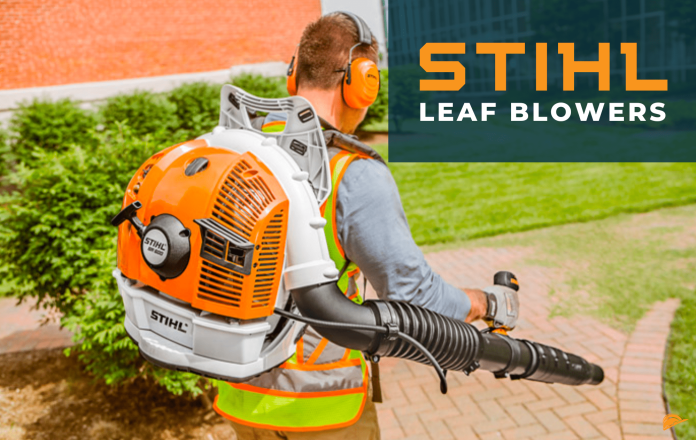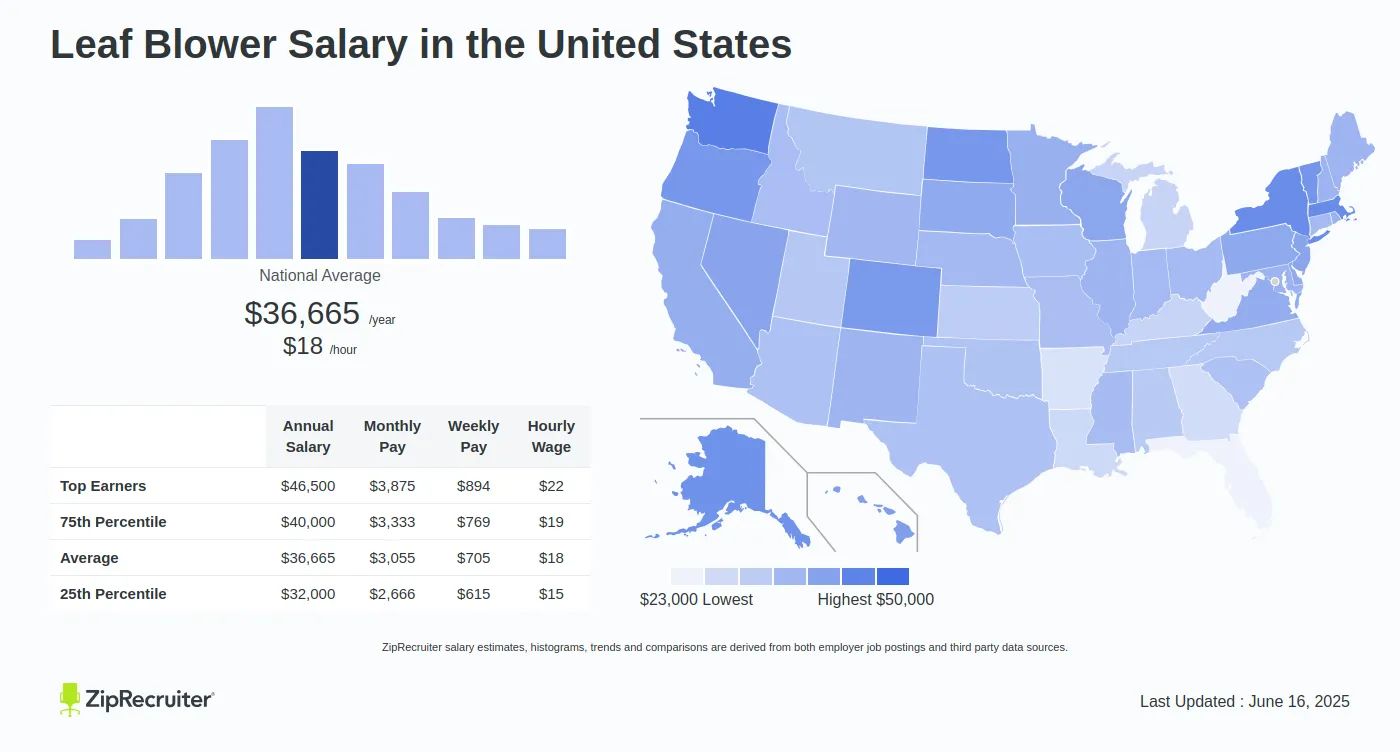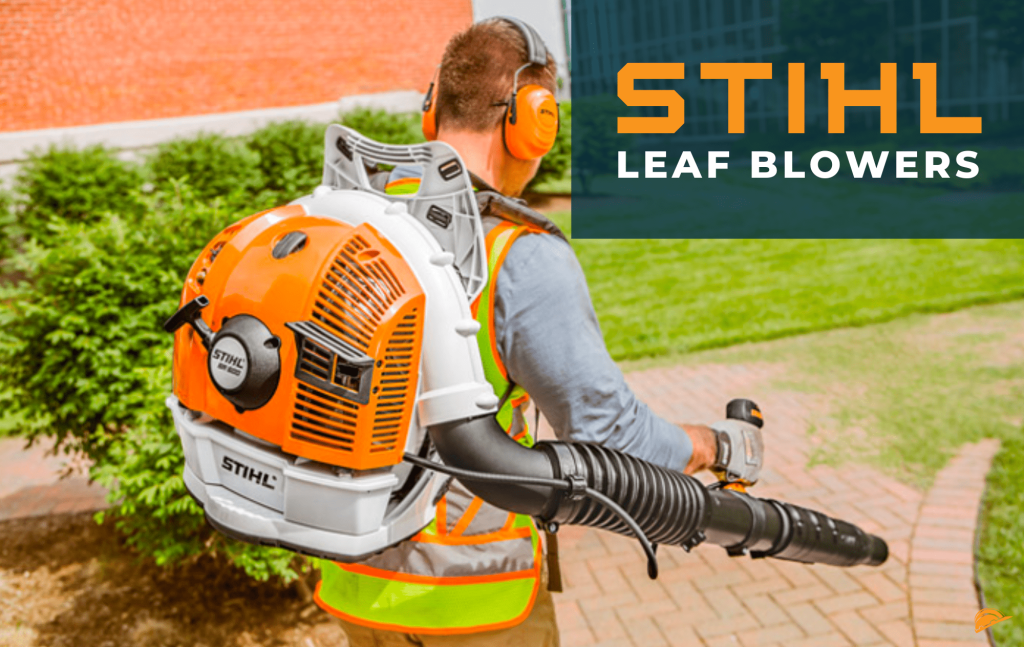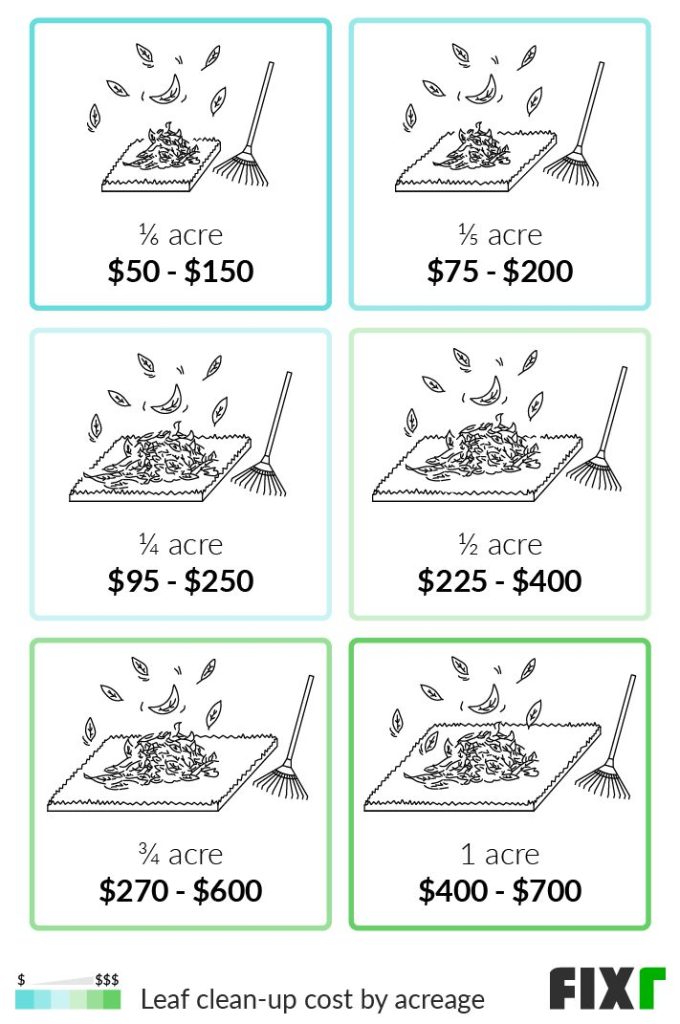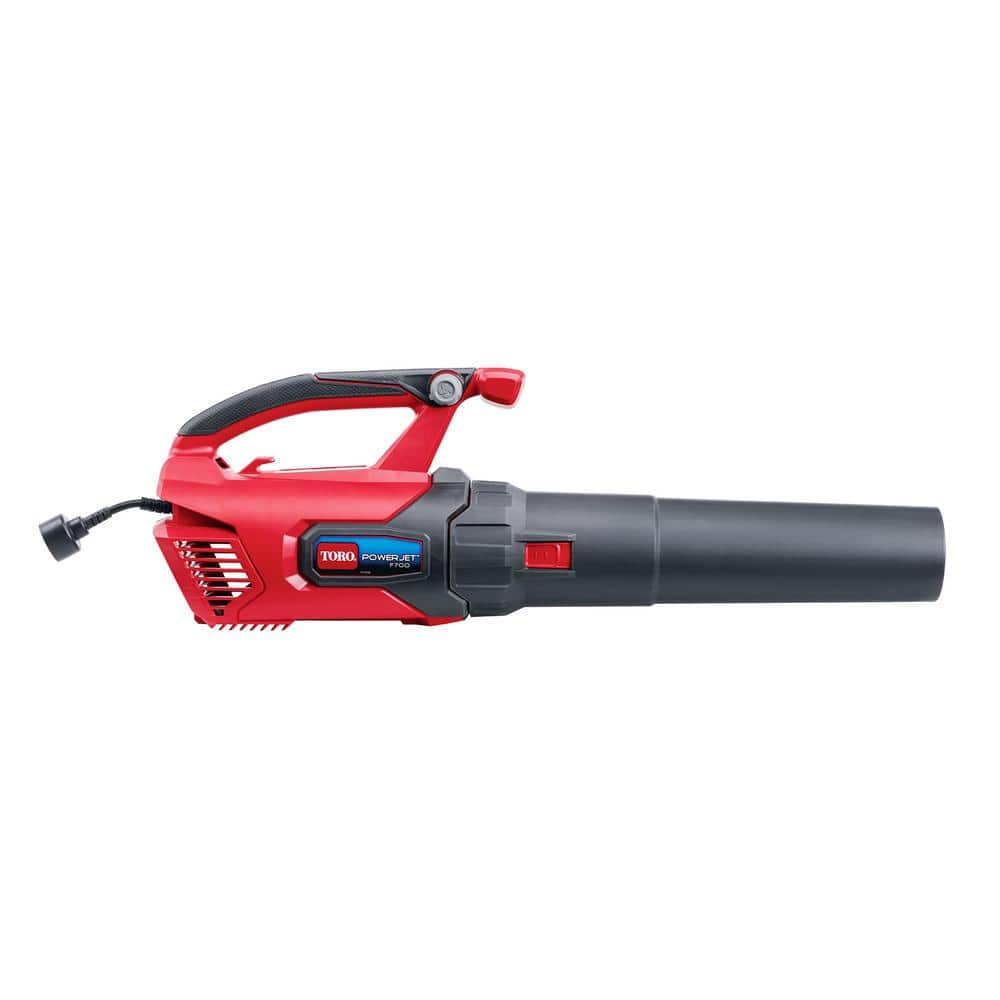Are you in the market for a leaf blower but unsure how much you should pay?
Look no further – we’ve got you covered! In this article, we’ll explore everything you need to know to make an informed decision on the price of a leaf blower.
From the different types available to the features you should consider, we’ll help you navigate the options and find the perfect leaf blower that suits your budget and your needs.
So, let’s start finding the best leaf blower deal for you!
Factors to Consider
When purchasing a leaf blower, several factors must be considered to ensure you make the right choice for your needs.
These factors include the type of leaf blower, the brand and quality, the power source, motor power, air speed, air volume, features and accessories, warranty, budget considerations, and potential maintenance costs. By carefully evaluating each of these factors, you can make an informed decision and choose a leaf blower that will meet your requirements effectively.
Types of Leaf Blowers
Leaf blowers come in three main types: electric leaf blowers, gas-powered leaf blowers, and cordless battery-powered leaf blowers. Each type has unique advantages and disadvantages, so it’s essential to understand their differences before deciding.
Electric Leaf Blowers
Electric leaf blowers are powered by electricity and typically come with a cord that needs to be plugged into an outlet. They are known for their affordability and ease of use. Electric leaf blowers are generally lightweight and quieter compared to other types. They also require less maintenance and emit zero emissions, making them an environmentally friendly option. Popular brands in this category include Black & Decker, Greenworks, and Toro.
Gas-Powered Leaf Blowers
Gas-powered leaf blowers are powered by gasoline and offer more power and mobility than electric leaf blowers.
They are suitable for larger yards and heavy-duty tasks. Gas-powered leaf blowers are louder and require more maintenance, including regular fuel and oil changes. However, they provide excellent blowing performance and are not limited by a cord. Popular brands in this category include Husqvarna, Echo, and Stihl.
Cordless Battery-Powered Leaf Blowers
Cordless battery-powered leaf blowers offer the convenience of mobility without the limitations of a cord. Rechargeable batteries power them and are lightweight and easy to maneuver.
Cordless leaf blowers are ideal for small to medium-sized yards and balance power and convenience. However, they may have limited battery life and not provide as much blowing power as gas-powered blowers. Popular brands in this category include Dewalt, Makita, and Ryobi.
Brand and Quality
When evaluating leaf blowers, consider the brand and quality of the product. A reputable brand often ensures better quality and reliability. While it’s true that well-known brands may come with a higher price tag, this can often be justified by their durability and performance.
Opting for a trusted brand can give you peace of mind, knowing you are investing in a product built to last. Popular brands such as Black & Decker, Toro, Husqvarna, and Stihl have established themselves for their high-quality leaf blowers.
Power Source
The power source of a leaf blower is an essential factor to consider as it determines the machine’s convenience, performance, and environmental impact.
Electric Leaf Blowers
Electric leaf blowers are powered by electricity, so they must be plugged into an electrical outlet. This power source offers the advantage of consistent and reliable power.
However, it also limits the mobility of the blower since it needs to be near an outlet or used with an extension cord. Electric leaf blowers are generally more user-friendly as they require minimal maintenance and produce zero emissions, making them more environmentally friendly.
Gas-Powered Leaf Blowers
Gas-powered leaf blowers offer the advantage of mobility and unrestricted use since they do not require an electrical outlet. They provide more power than electric blowers, making them suitable for larger yards and more demanding jobs. However, gas-powered blowers require maintenance, including regular fuel and oil changes. They also tend to be louder, emit exhaust fumes, and contribute to air pollution.
Cordless Battery-Powered Leaf Blowers
Cordless battery-powered leaf blowers combine the convenience of mobility with the portability of an electric blower. They are powered by rechargeable batteries, which means they are not limited by a cord or the need for a power outlet.
Cordless leaf blowers offer good performance for small to medium-sized yards and are generally quieter and more environmentally friendly than gas-powered blowers. However, it’s essential to consider the battery life and charging time when choosing a cordless option.
Motor Power
The motor power of a leaf blower is a crucial factor in determining its performance and suitability for different yard sizes. Motor power is usually measured in amps (electric leaf blowers) or cubic centimeters (gas-powered leaf blowers).
The motor’s power output directly impacts the airspeed and air volume produced by the blower. Higher motor power generally translates to greater blowing force and faster task completion. However, it’s important to remember that more power also means increased noise levels.
When choosing a leaf blower, consider the size of your yard and the intensity of the blowing tasks you typically encounter. Smaller yards may only require a leaf blower with lower motor power, while larger yards with heavy debris might benefit from a more powerful blower. Noise level considerations should also be considered, especially if you have neighbors or prefer a quieter environment.
Electric leaf blowers typically have motor power ratings ranging from 7 to 12 amps, while gas-powered blowers can range from 20 to over 70. Finding the right balance of motor power for your specific needs is essential.
Air Speed
Airspeed refers to the velocity at which the air is expelled from the leaf blower. It is measured in miles per hour (mph) and determines how effectively the blower can move leaves and debris.
Higher airspeeds are generally more effective at clearing leaves and lighter debris, especially on hard surfaces such as driveways or sidewalks. Gas-powered blowers typically have higher airspeeds than electric blowers, giving them an advantage in heavy-duty blowing tasks.
However, it’s important to note that high air speeds may not be suitable for delicate surfaces or flower beds, as they can cause damage. Electric blowers often have adjustable speed settings, allowing you to customize the airspeed based on the task.
When considering airspeed, it’s essential to match the blower’s power and air volume to your specific needs and the type of debris you typically encounter in your yard.
Air Volume
Air volume, often called airflow or air displacement, is the air the leaf blower can push out in a given period. It is measured in cubic feet per minute (CFM) and determines the capacity of the blower to move and disperse leaves and debris effectively.
Higher air volumes generally result in more efficient and quicker clearing of larger areas. Gas-powered blowers have higher air volumes than electric blowers, making them more suitable for heavy-duty tasks and larger yards.
An electric blower with a slightly lower air volume may be sufficient for lighter-blowing tasks or smaller yards. Additionally, consider the size and density of the debris you typically deal with, as some types may require a higher air volume to move effectively.
Features and Accessories
Leaf blowers have various features and accessories that enhance their efficiency and versatility. Some standard features and accessories to consider include:
- Variable speed control: This allows you to adjust the blowing power based on the task at hand, giving you more control when working on delicate or small areas.
- Mulching capabilities: Some leaf blowers have a built-in mulching function, allowing you to shred leaves and turn them into mulch for your garden or compost pile. This can save you time and effort and provide a functional composting solution.
- Vacuum and mulching attachments: Some leaf blowers can be converted into vacuums or have separate attachments. This adds versatility to the tool, allowing you to switch between blowing and vacuuming/mulching functions.
- Ergonomic design: Look for leaf blowers with comfortable handles and lightweight construction to reduce fatigue and strain during prolonged use.
- Nozzle attachments: Different nozzle attachments can alter the airflow and concentrate the blowing power, allowing you to tackle specific tasks or reach tight spaces more effectively.
Consider which features and accessories are important to you based on your needs and preferences. Remember that additional features and accessories may come with an increased cost, so prioritize those that will provide the most value for your situation.
Warranty
When purchasing a leaf blower, it’s essential to consider the warranty provided by the manufacturer. A solid warranty can give you peace of mind and protect your investment in case of any defects or issues that may arise.
Different brands offer varying warranty periods, ranging from a few months to several years. Choosing a leaf blower with a warranty that covers a reasonable period and offers comprehensive coverage for any potential problems is recommended.
Read the warranty information carefully to understand what is covered and what is not. Look for warranties that include parts and labor, as this provides better protection and reduces the potential for extra expenses in repairs or replacements.
Budget Considerations
When buying a leaf blower, it’s essential to establish a budget and stick to it. The price range for leaf blowers can vary significantly depending on brand, power source, motor power, air speed, air volume, and additional features.
Electric leaf blowers are more affordable than gas-powered or cordless battery-powered models. Within the electric category, prices can range from around $30 for basic handheld models to over $200 for more robust and feature-rich options.
Gas-powered leaf blowers generally have a higher price range due to increased power and mobility. Prices for gas-powered blowers typically start around $100 for entry-level models and can go up to $500 or more for professional-grade, heavy-duty options.
Cordless battery-powered leaf blowers fall within a similar price range to gas-powered blowers. However, remember that you may need to consider the cost of additional batteries or chargers, as these factors can affect the overall cost.
When determining your budget, it’s essential to consider the specific needs of your yard and the tasks you will be performing. Balance your budget considerations with the necessary features and functionality to achieve your desired results.
Potential Maintenance Costs
While considering the upfront cost of a leaf blower, it’s also crucial to factor in the potential maintenance costs associated with the specific type and brand you choose. Understanding the potential maintenance requirements and costs can help you make a more informed decision and ensure that your investment remains cost-effective in the long run.
Fuel and Power Source Costs
If you opt for a gas-powered leaf blower, you must factor in the ongoing costs of purchasing and maintaining the fueling system. Gasoline can be a significant ongoing expense, especially if you have a large yard or regularly use the blower for extended periods. Additionally, gas-powered blowers may require regular oil changes and general maintenance to keep them running smoothly.
On the other hand, electric leaf blowers have minimal ongoing costs since they are powered by electricity. You will only need to consider the cost of electricity and potentially a longer extension cord if necessary.
Cordless battery-powered leaf blowers require periodic battery replacements depending on the battery’s lifespan. You will need to factor in the cost of additional batteries or a charger, as these may need to be replaced as they wear out over time.
Regular Maintenance Requirements
All leaf blowers require regular maintenance to ensure optimal performance and longevity. This includes cleaning the blower, inspecting and replacing air filters, lubricating moving parts, and checking for any signs of wear or damage.
Gas-powered blowers may require additional maintenance tasks such as fuel system cleaning, spark plug replacement, and carburetor adjustments. Electric blowers typically have fewer maintenance requirements, mainly cleaning and general upkeep.
Cordless battery-powered blowers require periodic maintenance, including proper charging and storage practices to extend battery life.
Repair and Replacement Expenses
Over time, your leaf blower may require repairs or replacement parts. Consider the cost of potential repairs and replacement components when evaluating the cost of owning a blower.
Popular brands often have a wider availability of repair parts and a network of service centers, making repairs more accessible and potentially less costly. Consider this when choosing a brand and consider the reputation for reliability and the availability of replacement parts.
Operational Costs Comparison
When comparing the potential maintenance costs of different leaf blower options, evaluating the overall operational costs is essential. This includes the initial purchase price, ongoing fuel or electricity costs, maintenance requirements, and potential repair or replacement expenses.
Electric leaf blowers generally have lower operational costs compared to gas-powered blowers. Due to their more straightforward design, they have minimal ongoing costs, require less maintenance, and often have a longer lifespan.
Gas-powered blowers may have higher operational costs due to ongoing fuel expenses, maintenance requirements, and potential repair costs. However, they offer more power and mobility, making them suitable for larger yards and heavier blowing tasks.
Cordless battery-powered blowers have similar operational costs to gas-powered blowers, considering the potential cost of replacing batteries or chargers over time. They offer the advantage of cordless operation and a good balance of power and convenience.
Consider your specific needs, budget, and long-term goals when evaluating different leaf blower options’ potential maintenance and operational expenses. This will help you make a more informed decision, ensuring you choose a blower that meets your requirements while remaining within your budget.

